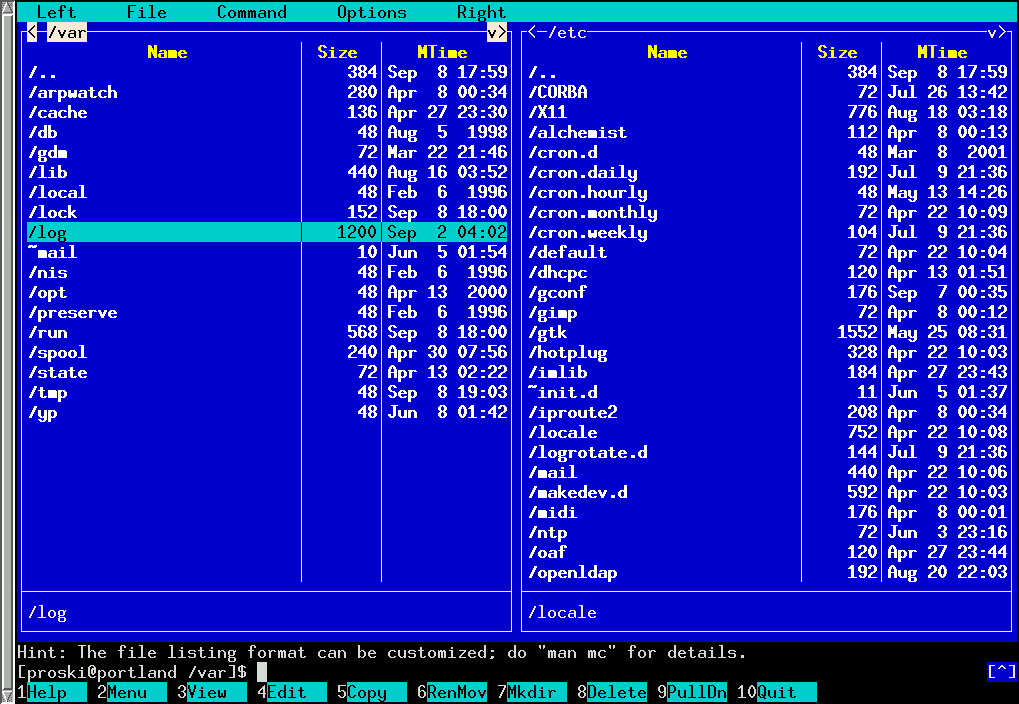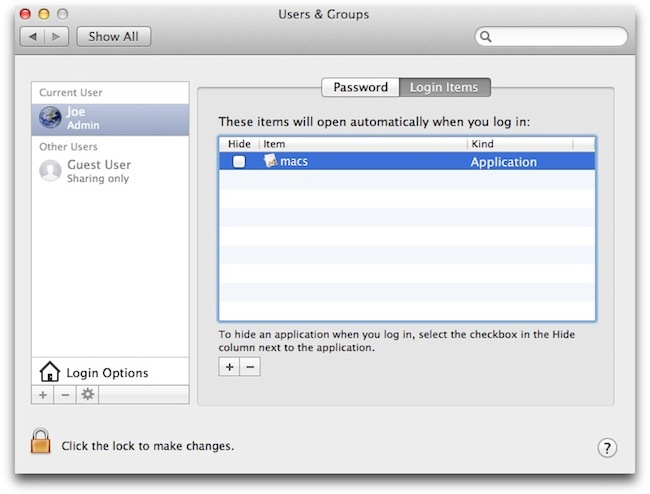- Lovingly developed and religiously updated by the group of open source developers responsible for the cross-platform ClamAV anti-malware application, ClamXav won’t actively scan incoming.
- ClamXAV keeps threats at bay and puts you firmly in charge of your Mac’s security. Scan a specific file or your entire hard drive. Set it to scan automatically or run instant checks on suspicious files. It’s entirely up to you.
ClamAV antivirus was initially designed as an email scanning gateway for Unix, but has since evolved into a robust free security solution for cross-platform devices like Windows and Mac. To this day, it remains one of the best antiviruses for Linux systems. By default, this tool doesn’t come prepackaged within the CentOS/RHEL repository.
This package contains the command line interface. Features:
- built-in support for various archive formats, including Zip, Tar,
Gzip, Bzip2, OLE2, Cabinet, CHM, BinHex, SIS and others;
- built-in support for almost all mail file formats;
- built-in support for ELF executables and Portable Executable files
compressed with UPX, FSG, Petite, NsPack, wwpack32, MEW, Upack and
obfuscated with SUE, Y0da Cryptor and others;
- built-in support for popular document formats including Microsoft
Office and Mac Office files, HTML, RTF and PDF.
For scanning to work, a virus database is needed. There are two options for getting it:
- clamav-freshclam: updates the database from Internet. This is
recommended with Internet access.
- clamav-data: for users without Internet access. The package is
not updated once installed. The clamav-getfiles package allows
creating custom packages from an Internet-connected computer.

In another article, I told you that many moons ago I was an avid Apple fan and like many, many Apple users, I felt invincible on the subject of anti-virus software. There are no serious viruses for the Mac, so why bother?!? Mac OS X (as it was called back then) is superb and the whole anti-virus for Mac is a money-making scam, so shoo and go bother some poor Windows user with this!
Clamav For Mac
In the Linux world, the same attitude towards viruses goes, there are no real threads for Linux, every single virus, malware, worms and al the other malicious threads are specifically designed for Windows, so please don’t bother me with this!
Clamav For Macintosh
Linux and Mac users unite
Although we don’t like to admit it, we share that invincible attitude towards viruses and threads with Mac users.
Yes, Linux and Mac aren’t under constant threat in the magnitude Windows is exposed to, simply because our market share is significantly smaller than Windows. Very recently, there was malware detected for Gnome and the Linuxworld reacted to this threat with a little smirk on their face. I agree, that one was a bit silly but it was a threat and it isn’t going to be the last one, since Linux is gaining popularity, especially on the gaming front.
I can almost hear you shouting at me: ‘Listen, I have a firewall installed, I don’t use untrusted codes, all the software I install on my system is 100% secure and safe, so I don’t need it, viruses is a Windows feature!
Ask yourself this question: How many family members, friends, neighbours, colleagues, sporting buddies and perhaps school -, hobby – and team groups you’re in use Linux?
Probably not a lot, as a matter of fact, besides the few Mac users, the majority uses Windows and I bet that a very large percentage (Mac and Windows users) know how to boot up a computer, perform an update by clicking on a button, know how to hibernate the machine and maybe can set up their email-account in their email client, but that’s where their technical knowledge stops. They most likely paid for some extra service or student to set up their machine when they bought it, or perhaps they asked you to do it for them.
Occasionally you will use email to participate in that surprise party for uncle Bill or help set up a small project for the next school play your beloved son or daughter is cast in and share one or more files. And it’s in those innocent moments where you might pass on that specific Windows malware that didn’t affect your Linux system, but is disastrous for your sister Barbara’s machine.
Is this a farfetched scenario? No, it isn’t, so show that infamous Open-source attitude towards your Windows fellows and do your bit in decimating the risk to a Windows virus, malware and sorts and give your own mind a sense of ease towards your own system by installing ClamAV.
How to install ClamAV
Make sure you’re system is up to date and run:
Clamav Download For Windows 10

$ sudo pacman -Syu
You can find ClamAV in the Arch repo so you use pacman to install it:
$ sudo pacman -S clamav
Now ClamAV is installed but it is not activated yet, however before activating, you must update the ClamAV database first. You can do so by running:
$ sudo freshclam
Now all the definitions are updated and you’re ready to enable ClamAV on the system:
$ sudo systemctl start clamav-daemon.service
To enable to start the program every time at boot you type:
$ sudo systemctl enable clamav-daemon.service
Now you’re done, ClamAV is enabled and running on your system, the database will be updated automatically.
ClamAV is set to update the database every 2 hours by default, but if you want to change that you can go to the Freshclam configurations:
$ sudo nano /etc/clamav/freshclam.conf
Then look for:
now simply uncomment “#Checks 24” if you want ClamAV to check for updates every 24 hours, and save the file by pressing ctrl+x.
It should look like this:
Clamtk
Now you’re able to scan your files and system for threats and even remove corrupted files using the terminal. For the instructions, I refer you to the ArchWiki. Yes, I know it’s lazy from my side, but the purpose of this article is to install and enable ClamAV on your system, without overwhelming you with too much technical info, so you might not install it.
On the bright side, there is a GUI tool for this called Clamtk, that easily scan your files by clicking. To install it simply type:
$ sudo pacman -S clamtk
And now you’re good to go, it looks less overwhelming and is very intuitive in use:

Have a fun and safe experience exploring and interacting with EndeavourOS!
Follow us: